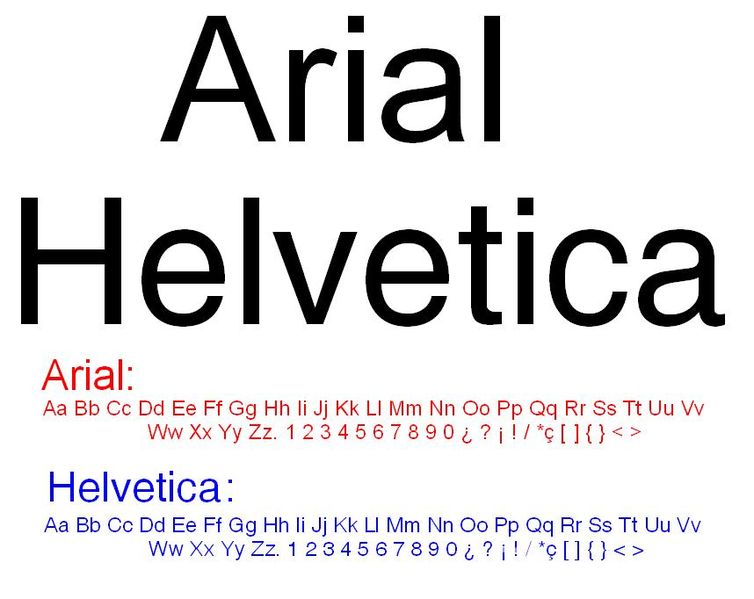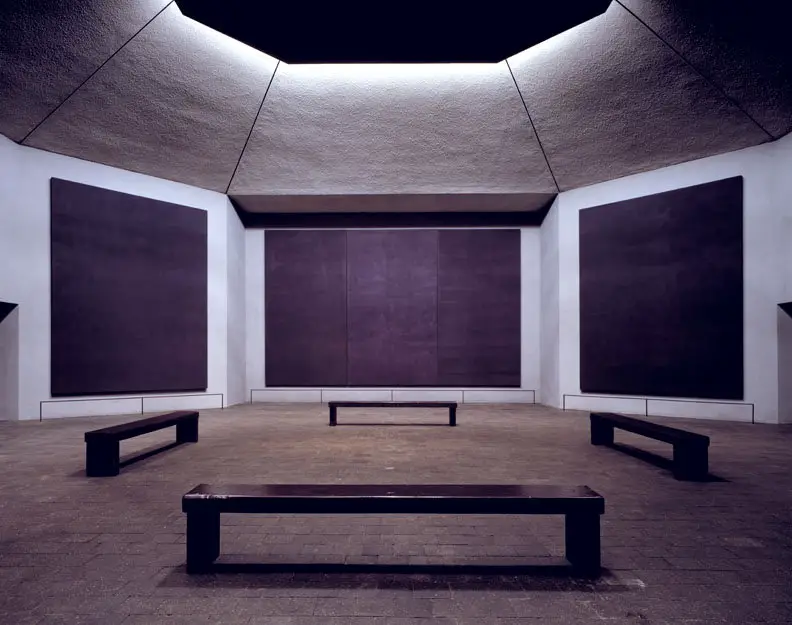The age of print began in 1450, it primarily began due to Gutenberg's printing press.
The industrial revolution happened from 1760-1840, through this the 'working class' were able to use mechanised production. The clear and noticeable classes began to emerge during this time and there was a clear class antagonism and segregation. The working class commerce together and create new forms of popular entertainment and art, using the machines of mass production.
This created an identity struggle, chartistic and political (working class and women had no vote). John Martin (1820) Belshazzar's Feast. Rather than work for long and bypassed circuits of production and put it in exhibition and pay to see it (entrance fee), he made a fortune and the paintings then sell for thousands. This allowed people to be artists without funding and an elitist background. There then became an increase in mass image culture because people were realising they could make a living out of this.
Culture is ‘the best that has been
thought & said in the world’, Study of perfection, attained through, disinterested reading, diseased spirit of our time. Working class culture is not art it has political function to keep them in place.
Leavism- F.R Leavis & Q.D. Leavis:
Leavism- F.R Leavis & Q.D. Leavis:
- Still forms a kind of repressed, common sense attitude to popular culture in this country.
- For Leavis- C20th sees a cultural decline
- Standardisation and levelling down
- Culture has always been in minority keeping
- The minority, who had hitherto set the standard of taste without any serious challenge have experienced 'coppice of authority'
The Royal Academy of Arts was the first governmental school of design and was created out of political divide.
Walter Benjamin 'The Work Of Art In The Age Of Mechanical Reproduction' 1936. There began an aura of art- Mona Lisa rejected, threatens and commercialised the auratic status and becomes less special. New printing technologies are de-stablising art- newspapers can use their images in publications, with the invention of photography, didn't need portrait painters.
1842- PRINT CAPITALISM
Images for the purpose of profit- London Illustrated News February 28th 1855- own culture writes its own rules and replaces culture for pop culture.
A great nation does not ‘send
its poor little boys to jail for
stealing six walnuts; and allow
its bankrupts to steal their
hundreds of thousands with a
bow; and its bankers, rich with
poor men’s savings, to close
their doors ‘under
circumstances over which they
have no control’, with a ‘by
your leave’; and large landed
estates to be bought by men
who have made their money
going armed with steamers up
and down the China Seas,
selling Opium at the cannon’s
mouth, and altering, for the
benefit of the foreign nation,
the common highwayman’s
demand of ‘your money or
your life’, into that of ‘ your
money and your life’.
-Ruskin, 1903, 'Of Kings Tresuries'
-Ruskin, 1903, 'Of Kings Tresuries'










